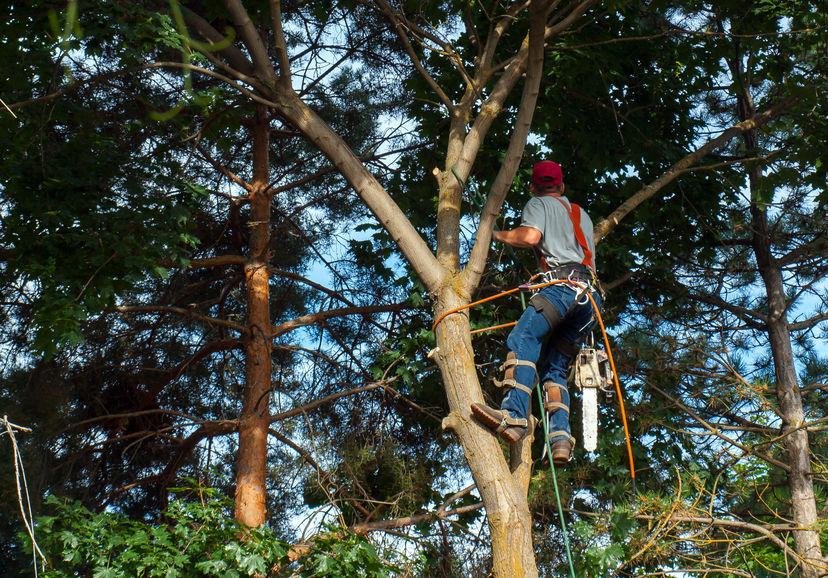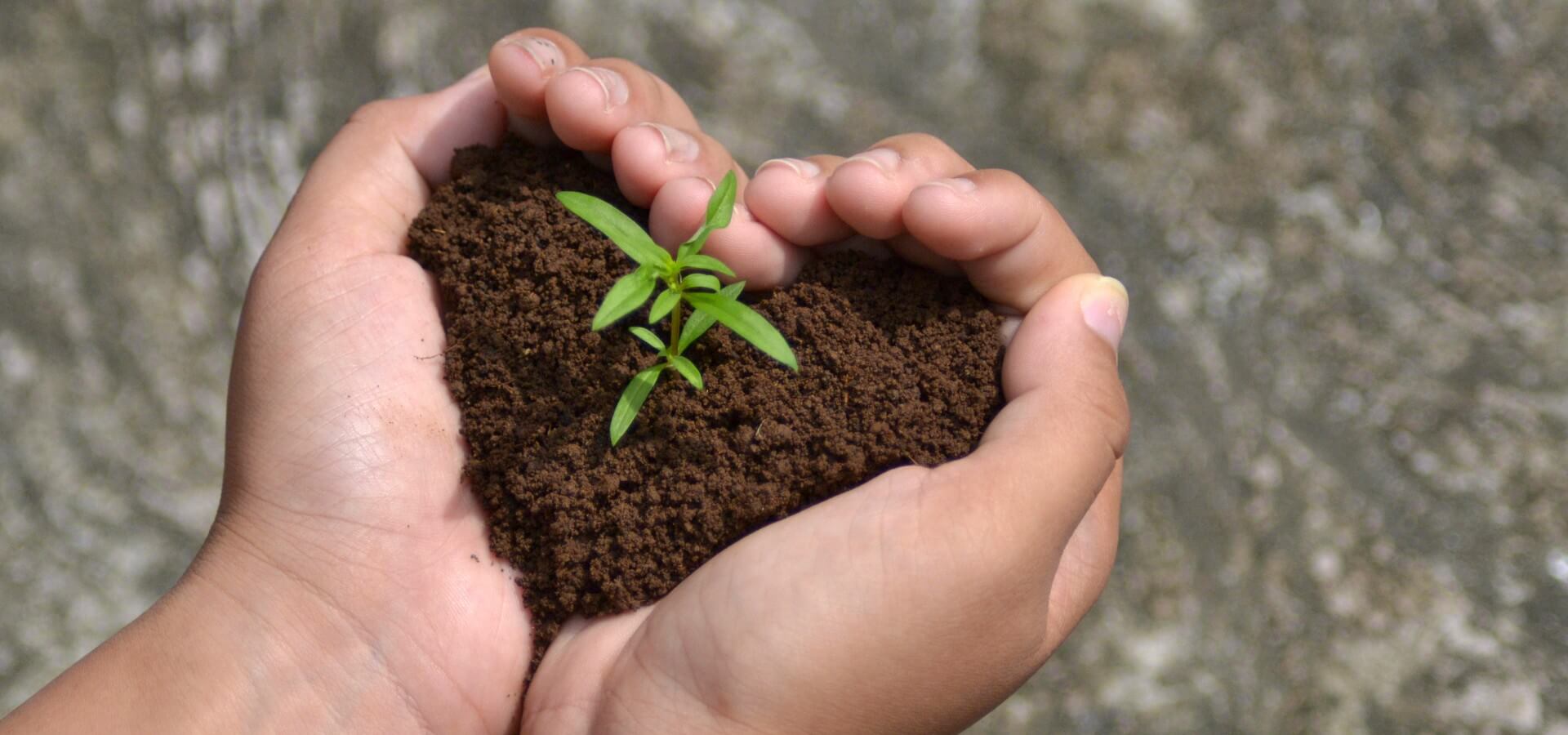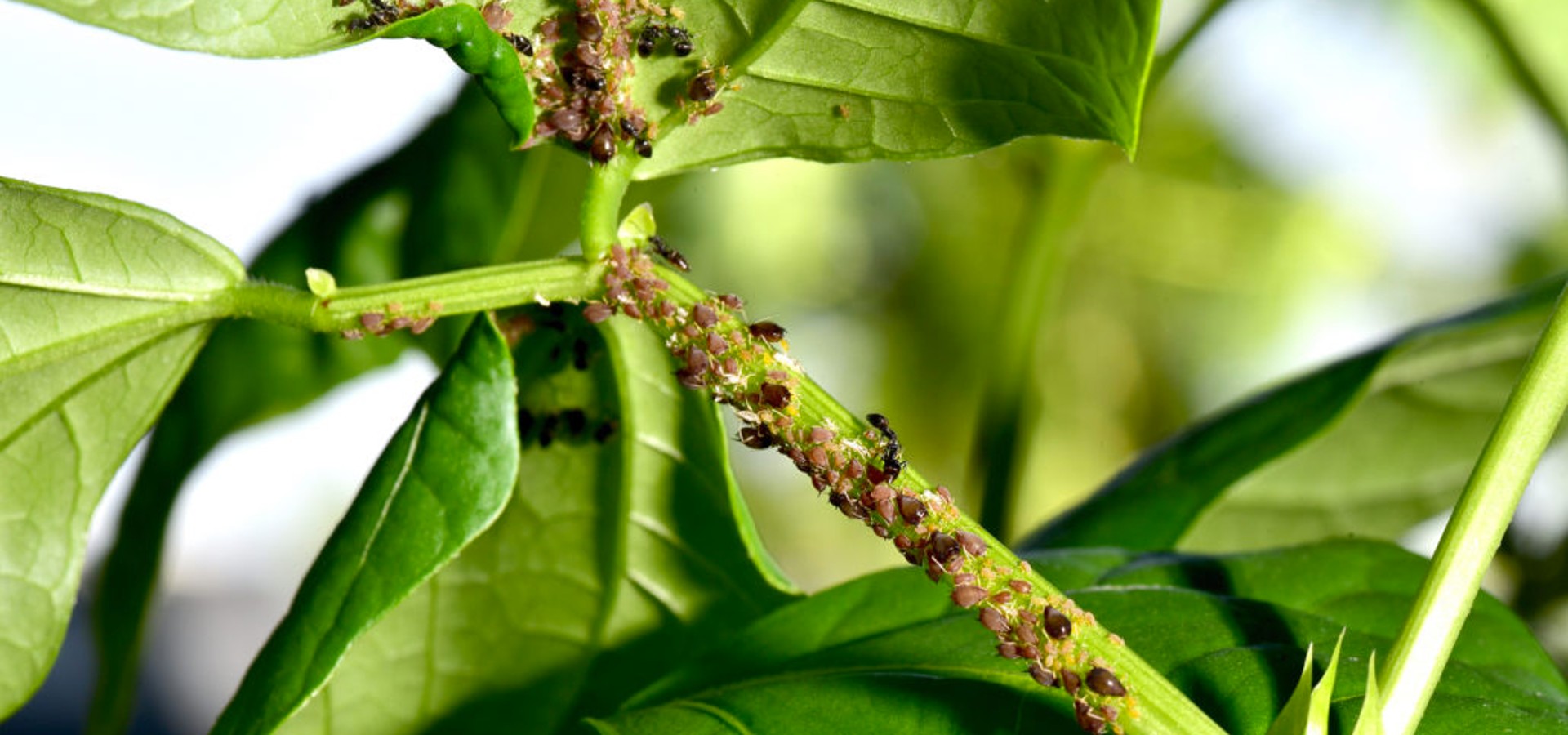Proper tree pruning is crucial to keeping your property safe and your tree happy. You can’t simply get a machete and hack away without damaging your tree.
Today, let’s take a look at how to properly prune your tree, starting with the reasons why you should do it at all.
Why Prune Your Tree at all?
The short answer is, it’s good for the health of your tree and it’s good for your property. In the wild, trees naturally shed diseased or malnourished limbs and branches where they then decompose on the forest floor. In your front yard, however, you can’t wait around for the limbs and branches to fall naturally. It’s important that you protect your family and your home, all the while keeping your landscape looking sharp. So take action to preemptively lop off limbs and branches before your tree sheds them. You’ll find that with any kind of tree, regular pruning often encourages growth, gives your tree a more symmetrical look, and prevents damage from falling limbs.
Evergreen or Deciduous
Evergreen and deciduous trees are largely different and require different pruning techniques to keep them happy and healthy.
- Prune deciduous trees up from the bottom, less than one-third of the tree’s total height.
- Because evergreens typically produce new growth in the spring and fall and don’t grow much in summer, prune your evergreens in early spring to allow for healthier growth.
- Deciduous trees should be encouraged to grow and produce leaves throughout spring and summer.
- Prune in late winter. Don’t prune deciduous trees when the plant tissue is frozen. This will cause breaks and cracks in the wood, resulting in undesirable wounds.
- Never prune evergreens to the inactive center (where no needles or leaves are attached).
Tools
Proper pruning is all about the utilizing the proper tree trimming tools. Any tool you use to cut branches or limbs should be sharp in order to get a good, clean cut and to prevent damage that will hinder the tree wound healing process.
- Scissor-action and anvil-action pruning shears—hand-held cutters for smaller branches.
- Scissor-action lopping shears—shears with long handles are typically for better leverage and reach; these are good for cutting thicker branches.
- Pruning saws—pole-mounted saws are excellent for removing larger boughs high in the tree.
- Hedge shears—manual and power hedge shears can help quickly cut smaller branches and growths.
Wound Dressing
Many trees don’t need wound dressing at all, but for some, covering cuts larger than an inch in diameter will help prevent the spread of insect-borne diseases. Using pruning paint on larger cuts is essential in certain areas of the United States, especially on oak trees, which may be more vulnerable to attack by bark beetles.
When to Call a Professional
There are many instances when you should call in the professionals to help you prune your tree. If there are particularly large or dangerous branches higher up in a tree that you may have difficulty getting to, it pays to bring in a professional rather than risk injury or significant property damage. Professionals have the experience and the equipment to take out hard-to-reach limbs and branches safely. Sometimes your equipment isn’t quite up to the challenge, and it makes more sense to call a professional who has the proper equipment for the job.



